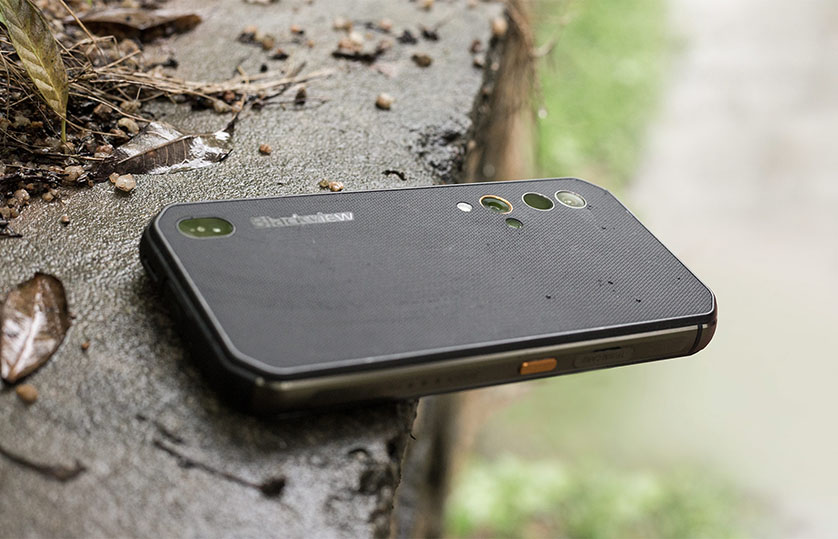What happens if I factory reset my phone/iPhone/tablet?
Welcome to Blackview (The leader of outdoor rugged phones and tablets) blog. Hope this guide has been helpful.

Performing a factory reset on your phone/iPhone/tablet erases all user data and settings, returning the device to its original factory state. Here's what generally happens when you initiate a factory reset (example with phone):
- Data Erasure: All personal data stored on the phone's internal storage, including contacts, messages, photos, videos, apps, and app data, is permanently deleted. It's crucial to back up any important data before proceeding with a factory reset to avoid losing valuable information.
- System Settings Reset: The phone's system settings, preferences, and customizations are reverted to their default configurations. This includes options like display settings, sound settings, network settings, language preferences, and more.
- Account Removal: Any accounts linked to the device, such as Google accounts or iCloud accounts, are disconnected. This means you'll need to log in again with your account credentials after the factory reset to restore access to services like app downloads, contacts synchronization, and cloud storage.
- App Deletion: All third-party apps installed on the device are removed. The phone is restored to its original state, with only the pre-installed apps that came with the device remaining. You'll need to reinstall your desired apps from app stores after the reset.
- Operating System Reset: The phone's operating system is reverted to the version that was installed when it left the factory. This removes any updates, patches, or modifications that were made since then. After the factory reset, you may need to install available system updates to bring your device up to date.
It's important to note that a factory reset does not affect the phone's firmware or operating system itself. It only removes user data and settings. If you're experiencing software-related issues, a factory reset can sometimes help resolve them by eliminating any conflicting configurations or corrupted data.
Before performing a factory reset, it's recommended to backup your data, remove any external storage (such as an SD card), and log out of accounts associated with the device. Additionally, be aware that a factory reset cannot undo any modifications made to the device's hardware or permanently remove malware or spyware if they are present.
It's always a good idea to review the device's user manual or consult the manufacturer's support documentation for specific instructions on how to perform a factory reset on your particular device model, as the process may vary slightly between devices.
Read also,
- How to clear app cache on Android?
- How to clear app data on Android?
- Does Chromebook have Google Play Store?
- Top 9 best free Android writing apps in 2024
- SD Card vs TF Card: A Comprehensive Guide
- What is a Micro SD Card used for?
- How to download free music to SD card from phone?
- Why is my phone/iPhone power button not working?
- Do all Android apps open source?
- Can I use a SD card in a TF card slot?
- What portable power station can run a refrigerator?
- Does Android have built in VPN?







